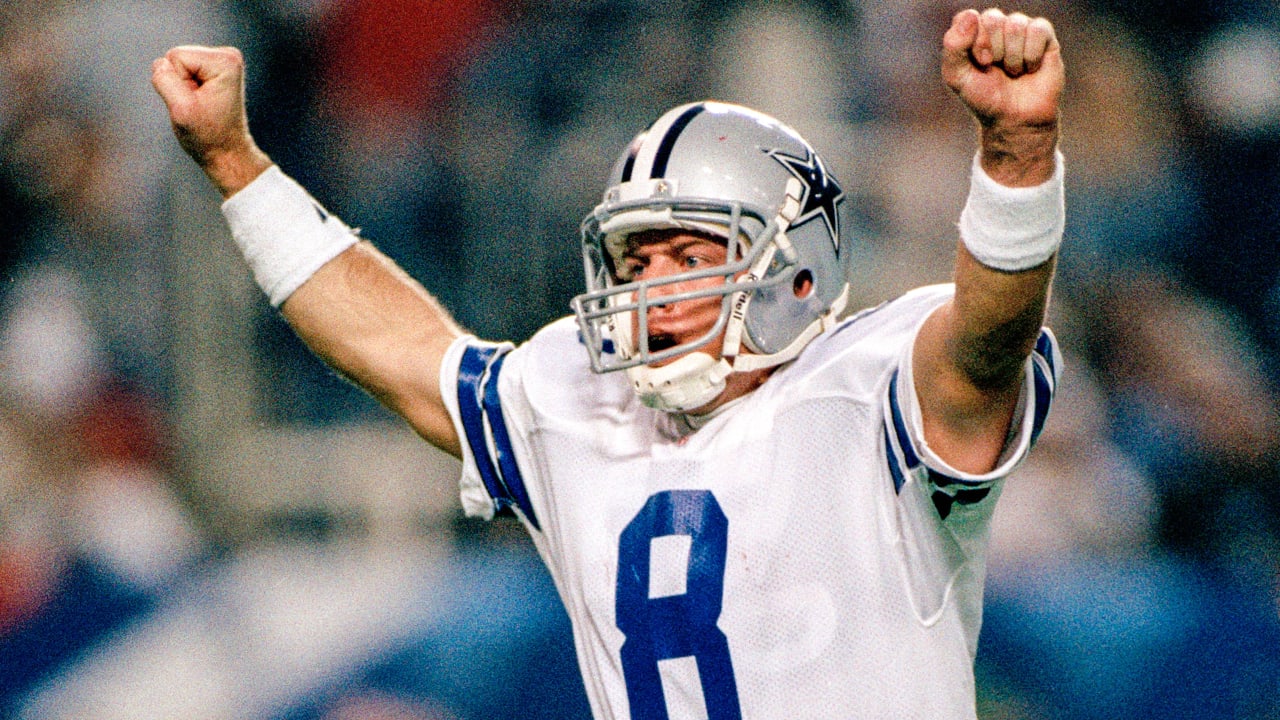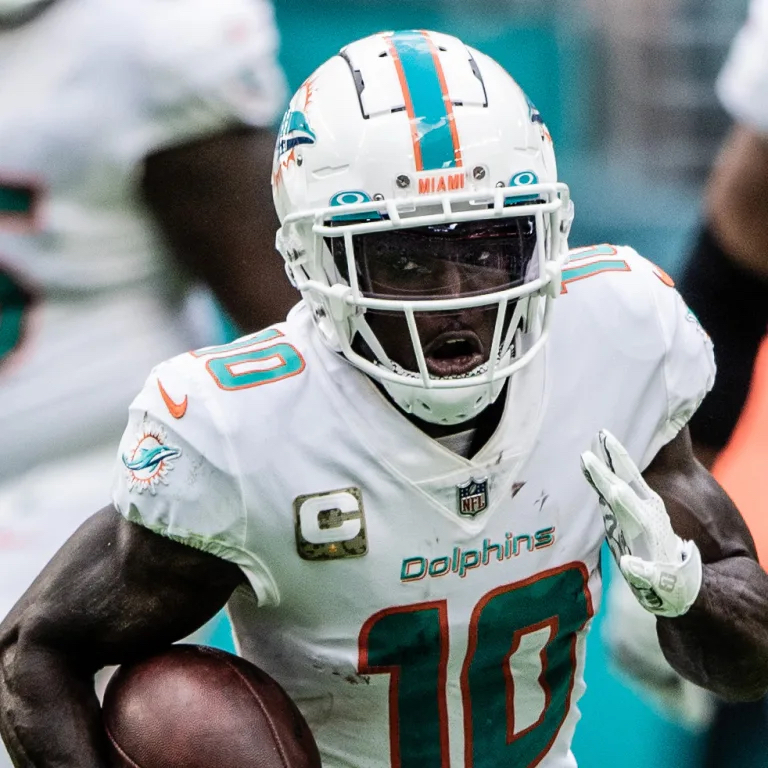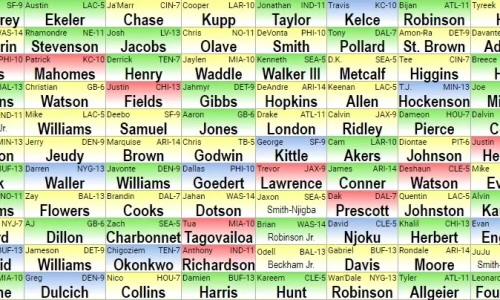“Is this the real life? Is this just fantasy?”
Fantasy football is big.
It’s so big it’s the thing fans may be interested in more than anything else when the NFL season begins.
I realize that fans do indeed root for their favorite teams, especially when they play in their home city.
But you could be surprised where the true loyalty rests.
Many years ago. Jerry Richardson, then the owner of the Carolina Panthers told me a fan he talked with at a tailgating party prior to a game said he hoped the Panthers kicker, John Kasay, would have a bad outing.
Richardson couldn’t understand why a Panthers fan would wish ill will on one of their players?
The fan was in a Fantasy league and drafted a kicker from another team.
To those who play, they follow games each week to see how the players they drafted for their Fantasy team are doing.
I was never interested in doing that until one season working for Fox, when the group I was with played Fantasy football. They would hold a draft by phone during the week before the first game and follow it throughout the season. The crew consisted of the producer, Bob Stenner, the director, Sandy Grossman, four other members of the production team, along with me and my partner, Daryl Johnston, the former Dallas Cowboys fullback.
We would choose two quarterbacks, several running backs and pass receivers, as tight end, and as defensive unit.
At the production meeting the night before our broadcast, we would announce our starters, choosing the players from among our rosters.
If there were injuries we would go outside to fill the roster, often picking players that were dropped by others in our group.
Points were awarded based on statistical achievement by our respective teams.
There are many versions of Fantasy leagues now, but that’s how we did it.
Let me cut to the chase. Doing our Fantasy Leagues took practically all of the time getting ready for the game the next day.
We would discuss the game almost as an afterthought. It was all about our league competition.
During the broadcast, it took all we could handle not to check out other games to see how our guys were doing.
When we were finished with the broadcast, on the way to the airport, and waiting for our flights, no one would talk to anyone else.
We were following other games, either completed, or still in progress, and added up our points to see where we stood in that week’s competition.
What I am about to say, is the absolute truth. No exaggeration.
If we had a spot-on, successful telecast, but having a bad day in the league, you were miserable.
If there were things during the game we could have done better, or even worse, had some real problems, yet were going great guns with our team, you were joyous.
It became the only thing that mattered.
I was as guilty as anyone in our group with that attitude.
Obviously, there was a concerning imbalance.
For those who don’t broadcast it is perfectly acceptable to experience the highs and lows of a Fantasy football season.
It adds spice to the NFL year, and those who play are involving themselves and their savvy into what transpires on the field.
Here are some of the pitfalls that make Fantasy football truly a fantasy.
First of all, it is based on statistics. Statistics are actually the most meaningless when it comes to the game of football.
If Troy Aikman were solely measured on the numbers he put up, there would be no way he’s be in the Hall of Fame. But Troy won three Super Bowls, and was a masterful engineer of the Dallas Cowboys attack.
Quarteracks are often measured by how many yards they throw for in a game, and a season.
If you look at the yardage leaders of quarterbacks on Monday, you’ll see that virtually all of them played in losing games.
Teams who trail, have to throw the ball. Those numbers are big.
The winning quarterback, likely will protect a lead by running the ball more than throwing less in the fourth quarter, even earlier.
Throwing touchdown passes is always good, no argument there.
But for how many yards? Good teams work the ball down close to the goal line and may throw a five-yard TD pass, instead of a 50-yard bomb.
Another pitfall is the way teams construct their teams in today’s football.
If you notice, the two-straight champion Kansas City Chiefs have gone away from the big-name receiver, and have several who have the ability to make the plays to score, and not pile up huge numbers.
The Buffalo Bills and others have followed suit.
Remember when people said the Chiefs wouldn’t have had a chance when they parted with Tyreek Hill? How have they done since?
I know, Travis Kelce lives.
Here’s another thing.
When you see a running back, receiver, or quarterback have a big week with boffo stats, the tendency is to ride that horse the next week.
I have seen what happens. Teams plot to stop that guy, and another guy comes up with the numbers.
So how do you plan?
The reality is, it’s a guessing game and while it’s fun to play, no one has any clue which receivers, backs and QB’s will emerge as the top figures in any given week.
Fantasy football, and now betting on anything that occurs during a game is here to stay.
It is now a way of sporting life among fans.
The game itself is no longer enough to satisfy those who watch.
Caring only about whether your team wins our loses is no longer sufficient.
There has to be more, and there is.
Where else can all of this go?
How about this.
Oklahoma State planned to place QR codes on its player helmets starting with their opening game against South Dakota State.
The idea was to allow viewers to contribute to the Name Image Likeness (NIL) value of its players and the team.
In other words, you can give money to college football players the same way you order from a menu at a restaurant.
The NCAA put its foot down and it wasn’t allowed for that game.
But stay tuned. The more incredulous you think things will get, the more likely they will be a matter of life.




